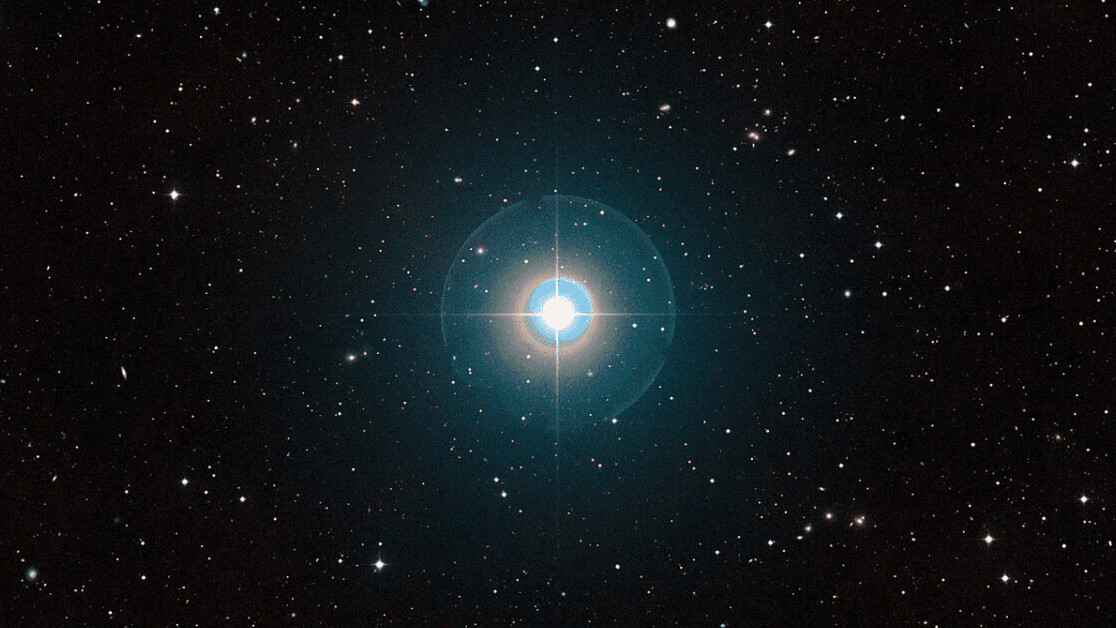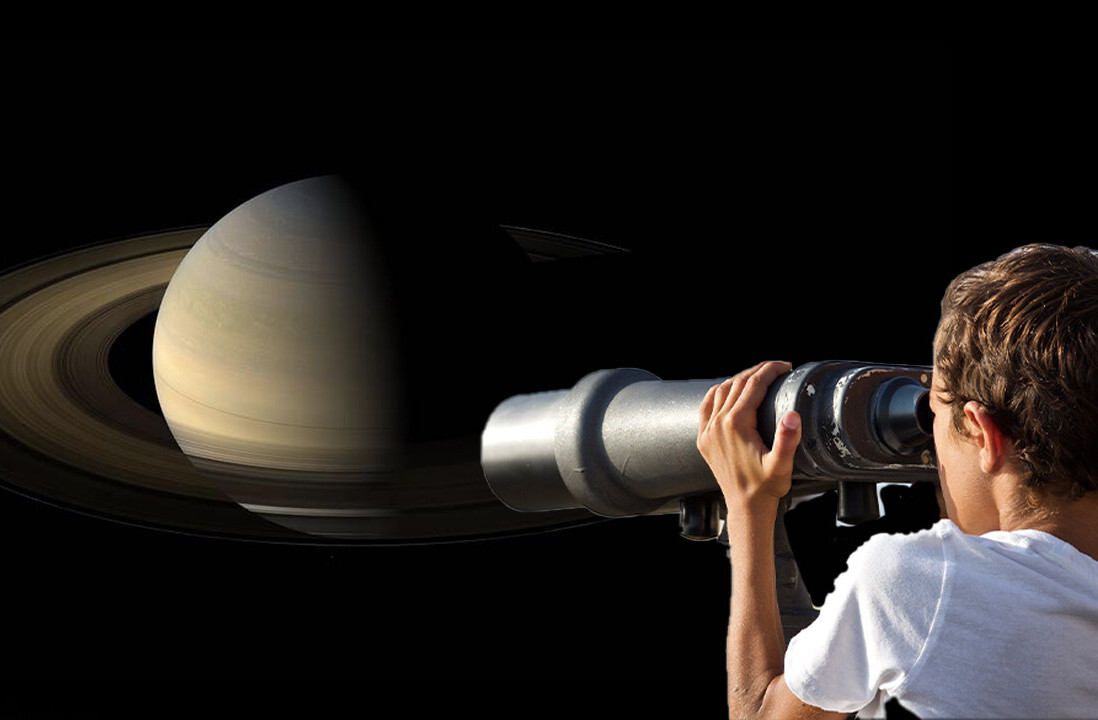Sydney University scientists have invented a sensor that neutralizes a star’s twinkle, which could help astronomers find new planets in distant solar systems.
The sensor uses an advanced light convertor and AI to measure and correct the distortion of starlight caused by the Earth’s atmosphere. It will now be installed on the 8.2m Subaru telescope on the summit of Maunakea, Hawaii, one of the largest optical-infrared telescopes in the world.
“The main way we identify planets orbiting distant stars is by measuring regular dips in starlight caused by planets blocking out bits of their sun,” said study lead author Dr Barnaby Norris in a statement.
“This is really difficult from the ground, so we needed to develop a new way of looking up at the stars. We also wanted to find a way to directly observe these planets from Earth.”
[Read: ]
The “photonic wavefront sensor” will help astronomers directly image exoplanets around distant stars from Earth.
“Unlike conventional wavefront sensors, it can be placed at the same location in the optical instrument where the image is formed,” explained Dr Norris. “This means it is sensitive to types of distortions invisible to other wavefront sensors currently used today in large observatories.”
You can read the full research study in Nature Communications.
Get the TNW newsletter
Get the most important tech news in your inbox each week.





